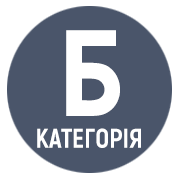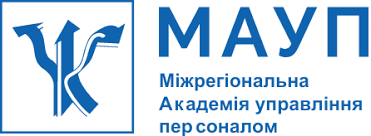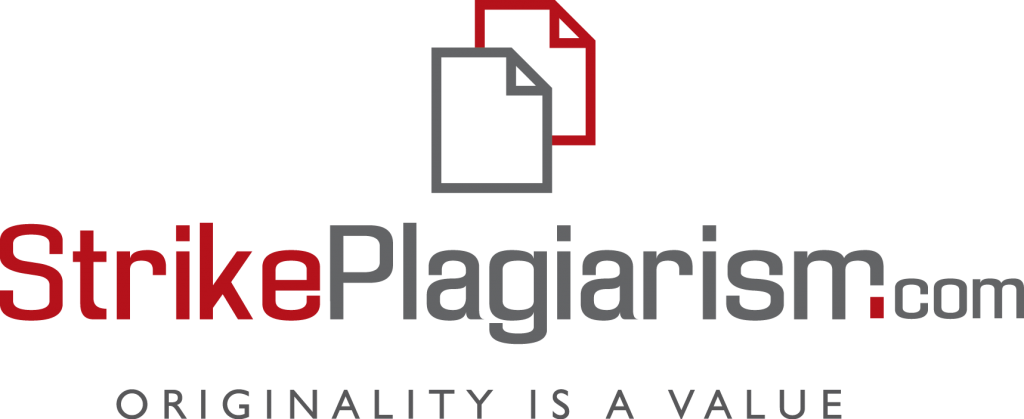MODELS AND METHODS FOR DESIGNING INTELLIGENT HIERARCHICAL CONTROL SYSTEMS IN CHEMICAL ENGINEERING PROCESSES
DOI:
https://doi.org/10.32689/maup.it.2025.1.25Keywords:
intelligent control system, information-extremal intelligent technology, training matrix, criterion of functional efficiency, hierarchy, chemical and technological processAbstract
The article examines the development of an intelligent hierarchical control system for chemical-technological processes based on the information-extreme intelligent technology (IEIT). It describes the process of creating a mathematical model and algorithms for constructing hierarchical classifiers, which enhance the efficiency of managing complex chemicaltechnological processes at industrial enterprises. The approaches to system optimization, grounded in functional-statistical testing, along with the methods for training and adapting classifiers during operation, enable the creation of a flexible and adaptive system capable of effectively responding to changing conditions within the technological process. The aim of the work is to improve technological control and process automation at chemical enterprises through the implementation of intelligent systems incorporating elements of machine learning. The research methodology involves the use of mathematical models and algorithms that ensure precise tuning and control of technological process parameters, as well as the evaluation of the proposed system’s effectiveness using real-world data. A promising direction for further development lies in the implementation of hierarchical classifiers, which have proven to be an effective means of enhancing the reliability of decisions related to the assessment of the functional state of processes of various natures. The scientific novelty of this work lies in the application of hierarchical models and methods of information-extreme intelligent technology for the design of automated, machine learning-capable control systems. According to the calculations, the use of this approach enables functional efficiency in managing production processes in real-time.
References
Бібик М. В., Довбиш А. С. Оптимізація контрольних допусків на ознаки розпізнавання під час машинного навчання. Журнал інженерних наук. 2017. т. 4. № 1. с. H1–H6.
Довбиш А. С., Васильєв А. В., Любчак В. О. Інтелектуальні інформаційні технології в електронному навчанні: монографія. Суми: СумДУ. 2013. 177 с.
Прилепа Д. В. Інформаційно-екстремальна інтелектуальна технологія діагностування емоційно-психічного стану людини : дис. … канд. техн. наук : 05.13.06 / Прилепа Дмитро Вікторович. Харків, 2024. 188 с.
Москаленко В. В., Довбиш А. С. Вступ до інформаційного аналізу і синтезу інфокомунікаційних систем (Навчальний посібник). Суми: СумДУ. 2016. 226 с.
Bloor M., Ahmed A., Kotecha N., Mercangöz M., Tsay C., & del Río-Chanona E. A. Control-Informed Reinforcement Learning for Chemical Processes. Industrial & Engineering Chemistry Research. 2025. № 64(9). 4966–4978. URL: https://doi.org/10.1021/acs.iecr.4c03233.
Geng Z., Yang X., Han Y., Zhu Q. Energy optimization and analysis modeling based on extreme learning machine integrated index decomposition analysis: Application to complex chemical processes. Energy. 2017. № 120. P. 67–78. URL: https://doi.org/10.1016/j.energy.2016.12.090.
Himmel A., Matschke J., Kok R., Morabito B., Nguyen H.H., & Findeisen R. Machine Learning for Process Control of (Bio)Chemical Processes. Electrical Engineering and Systems Science. 2023. arXiv:2301.06073 [eess.SY]. URL: https://doi.org/10.48550/arXiv.2301.06073.
Lawrence N. P., Damarla S. K., Kim J. W., Tulsyan A., Amjad F., Wang K., Chachuat B., Lee J. M., Huang B., Bhushan Gopaluni R. Machine learning for industrial sensing and control: A survey and practical perspective. Control Engineering Practice. 2024. № 145. 105841. URL: https://doi.org/10.1016/j.conengprac.2024.105841
Lv F., Yang B., Yu S., Zou S., Wang X., Zhao J., Wen C. A unified model integrating Granger causality-based causal discovery and fault diagnosis in chemical processes. Computers & Chemical Engineering. 2025. 196. 109028. URL: https://doi.org/10.1016/j.compchemeng.2025.109028.
Mitrai I., Daoutidis P. Accelerating process control and optimization via machine learning: A review. Electrical Engineering and Systems Science. 2024. arXiv:2412.18529 [eess.SY]. URL: https://doi.org/10.48550/arXiv.2412.18529.
Simkoff J. M., Lejarza F., Kelley M. T., Tsay C., Baldea, M. Process control and energy efficiency. Annu. Rev. Chem. Biomol. Eng. 2020. № 11. 423–445. URL: DOI: 10.1146/annurev-chembioeng-092319-083227.
Shelehov I., Prylepa D., Khibovska Y. Information-Extreme Machine Learning of an Ophthalmic Diagnostic System with a Hierarchical Class Structure. Artificial Intelligence. 2024. № 3. pp. 114–125. URL: https://doi.org/10.15407/jai2024.03.114.
Wang X., Xue X., Chen K., Sun H., Liu X., Liu X., et al. Bidirectional Chemical Intelligent Net: A unified deep learningbased framework for predicting chemical reactions. 2024. July. URL: https://doi.org/10.21203/rs.3.rs-4741807/v1.





